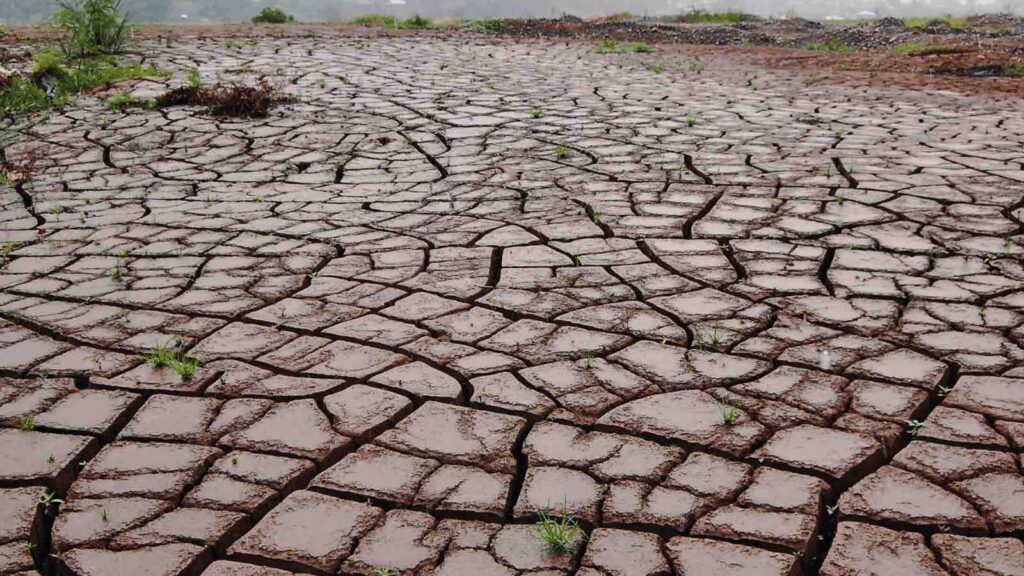El Niño set to last at least until April 2024, pushing record temperatures and climate disruption across the globe. What does it mean for you?
As the world grapples with an escalating climate crisis, scientists are raising alarm bells about the expected impact of El Niño into early 2024. This natural warming phenomenon in the Pacific Ocean, while cyclical, is supercharging an already fraught global climate system, exacerbating the heat-trapping effects of human-made greenhouse gases.
RELEVANT SUSTAINABLE GOALS



El Niño expected to cause floods and heatwaves into early 2024, warn scientists
The World Meteorological Organization (WMO) predicts that El Niño will persist until at least April next year. Petteri Taalas, WMO’s secretary-general, warns that 2024 could surpass 2023 as the warmest year on record. The driving force behind these soaring temperatures isn’t just El Niño’s natural cycle but the relentless accumulation of greenhouse gases produced by human activity.
El Niño’s influence extends beyond heat, bringing wetter conditions to various parts of the globe. The WMO anticipates increased rainfall in regions spanning the Horn of Africa to South America and central and eastern Asia. This pattern portends a season of enhanced extreme weather events – heatwaves, droughts, wildfires, heavy rain, and floods – with profound impacts.

While 2024’s El Niño is less potent than the events of 1997 or 2015-2016, it still poses significant challenges. Scientists like Walter Baethgen from Columbia University note that strong Pacific warming events often precede cooling periods known as La Niña. However, this alternating pattern provides no certainty in mitigating global temperature rises. Last year, the warmest on record, was paradoxically a La Niña year, while 2016, another record-setting year, occurred during an El Niño phase.
This unpredictable interplay between El Niño and La Niña highlights the complexity of our climate system. However, Baethgen emphasizes a clear and undeniable truth: “The only hope to have a consistent robust cooling of global temperatures is by reducing greenhouse gases. There’s no mystery or other way about it.”
As the world stands at this climatic crossroads, the message from scientists is unequivocal. The era of treating climate change as a distant threat is over. Immediate, decisive action to reduce greenhouse gas emissions is not just a policy choice; it’s a necessity for the survival of our planet. El Niño’s rise is not just a warning; it’s a call to action for a world in dire need of climate solutions.
You may also be interested in :
India’s Flood Crisis Deepens : Uncovering Groundwater’s Roles In The Escalating Disaster



